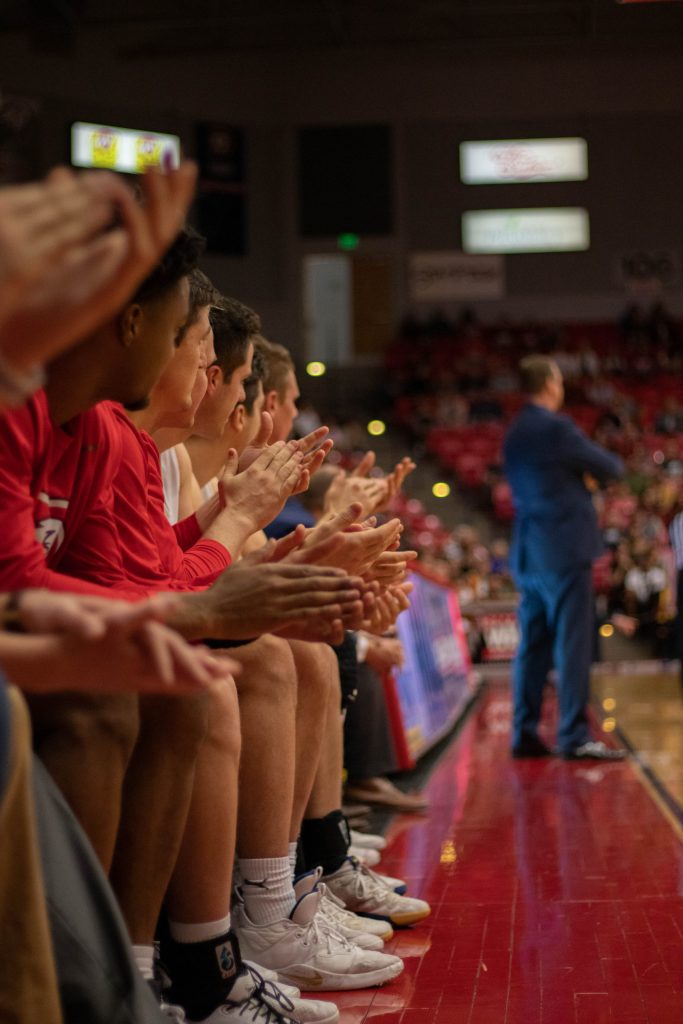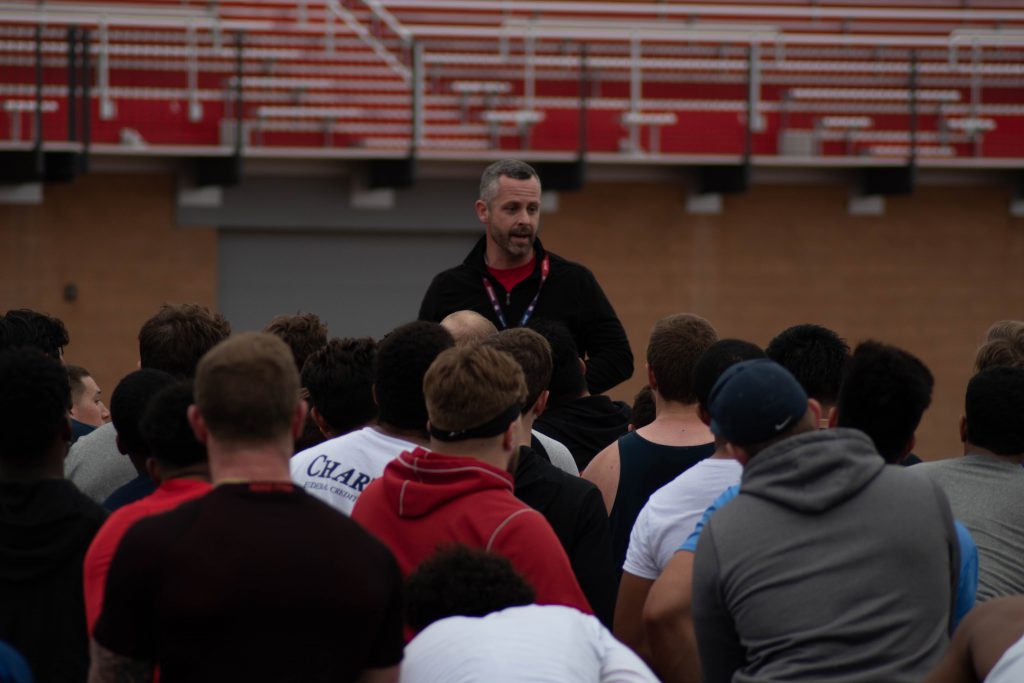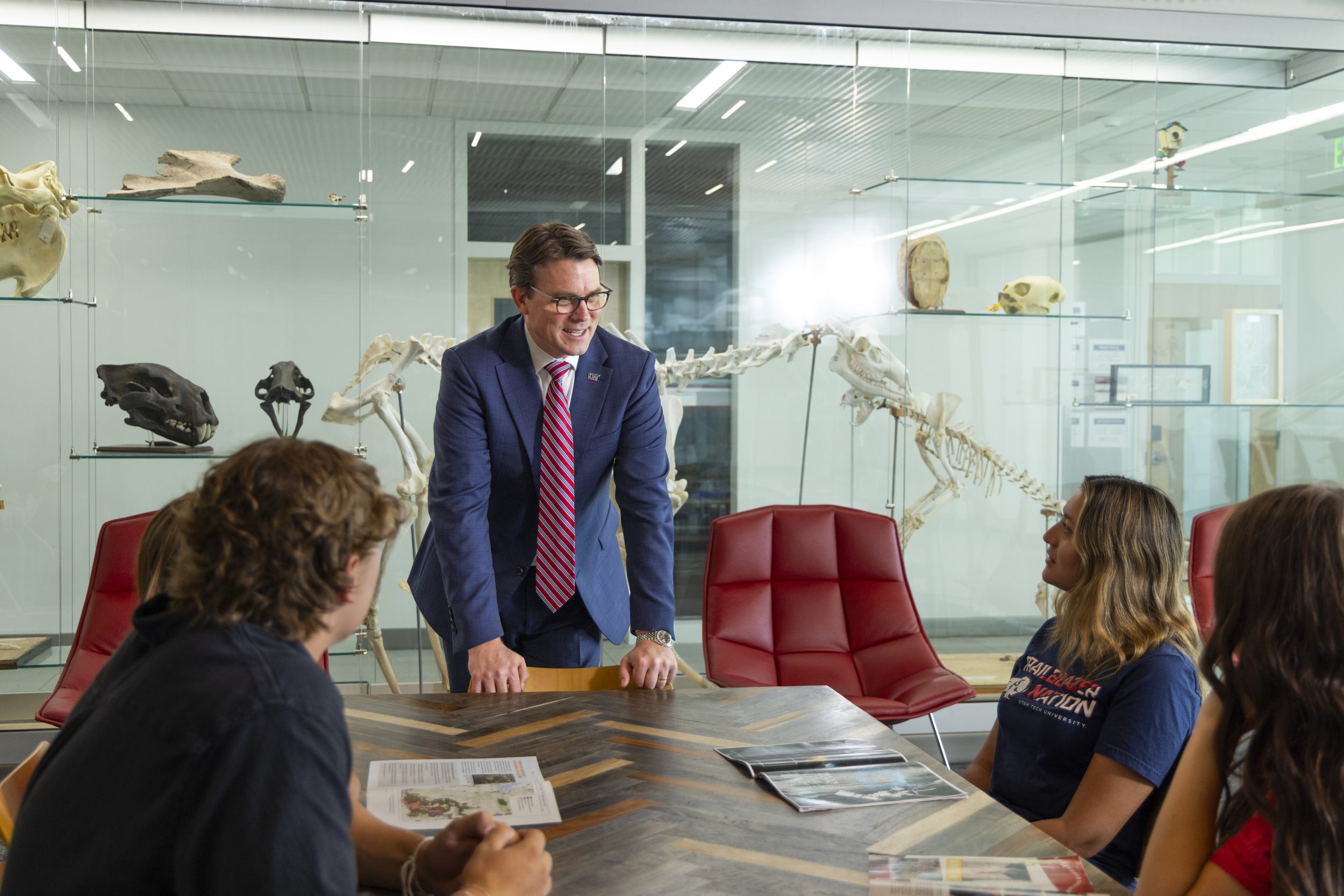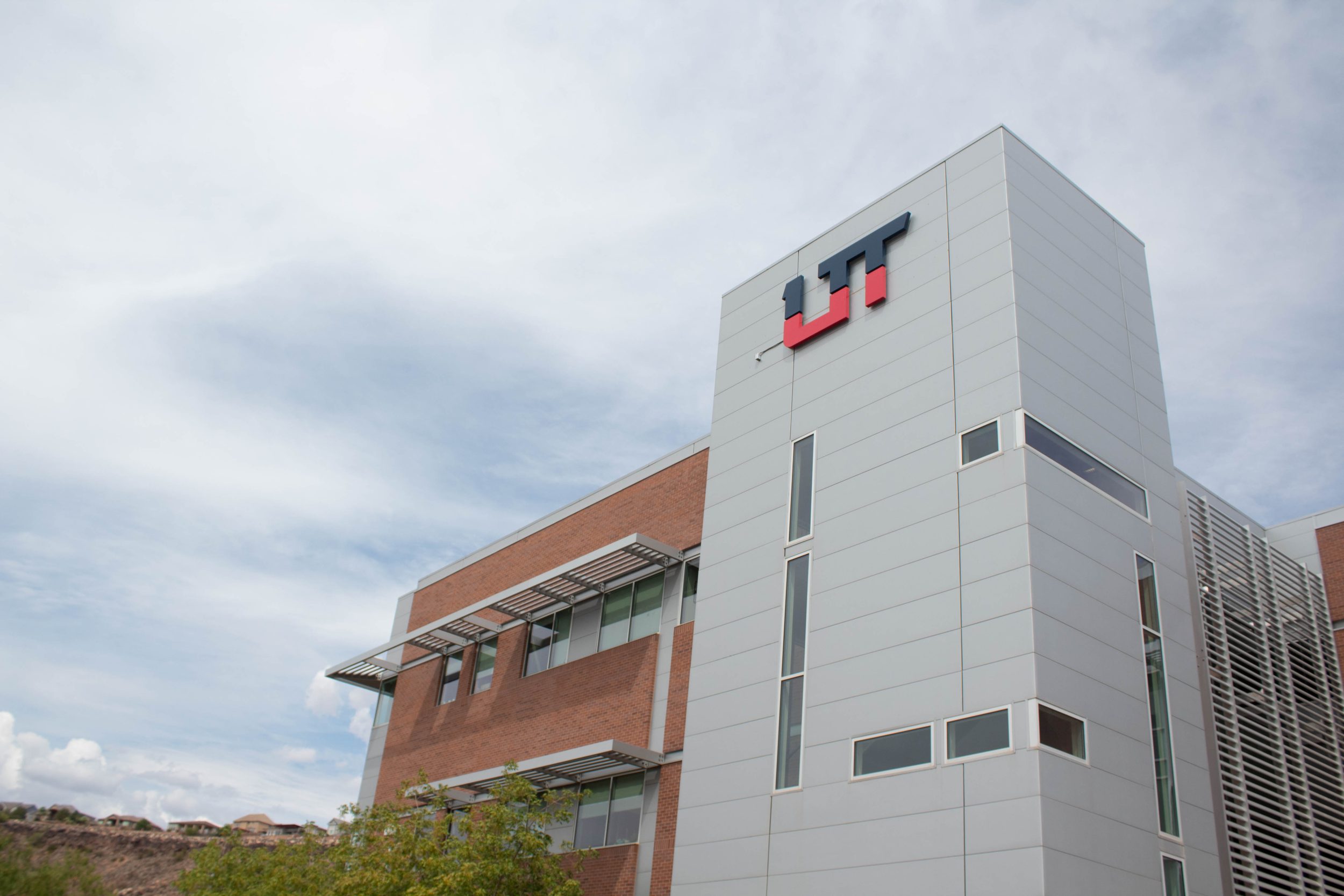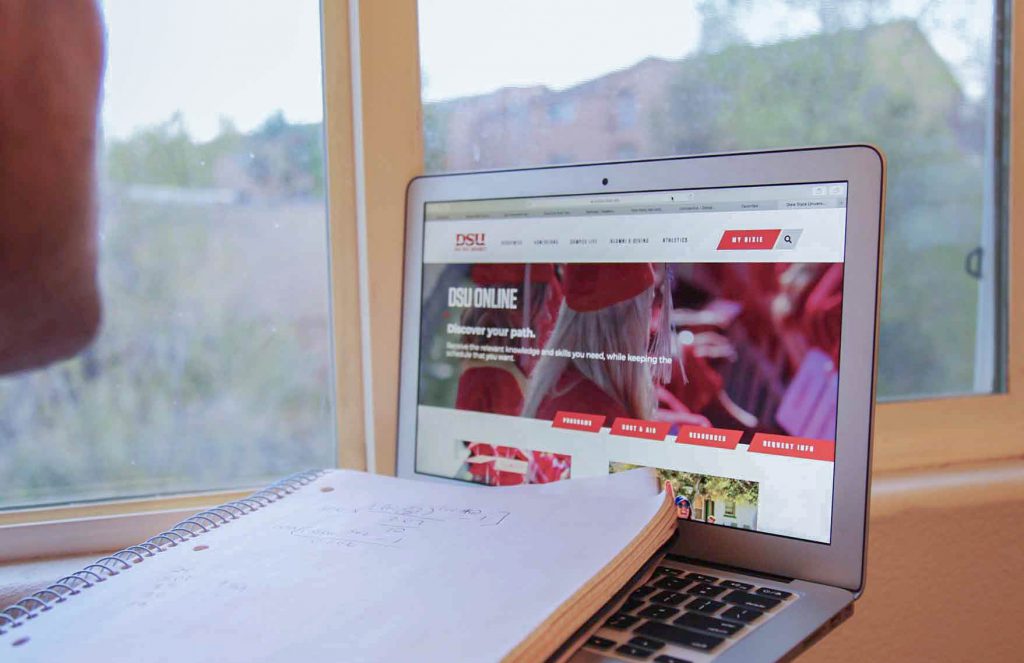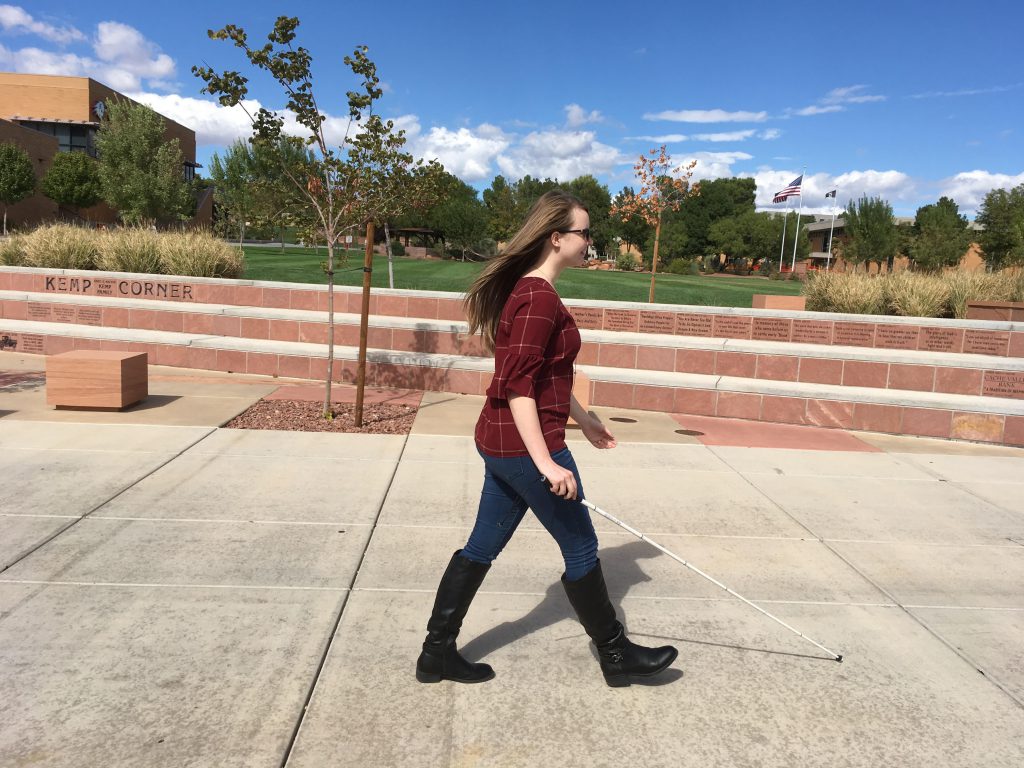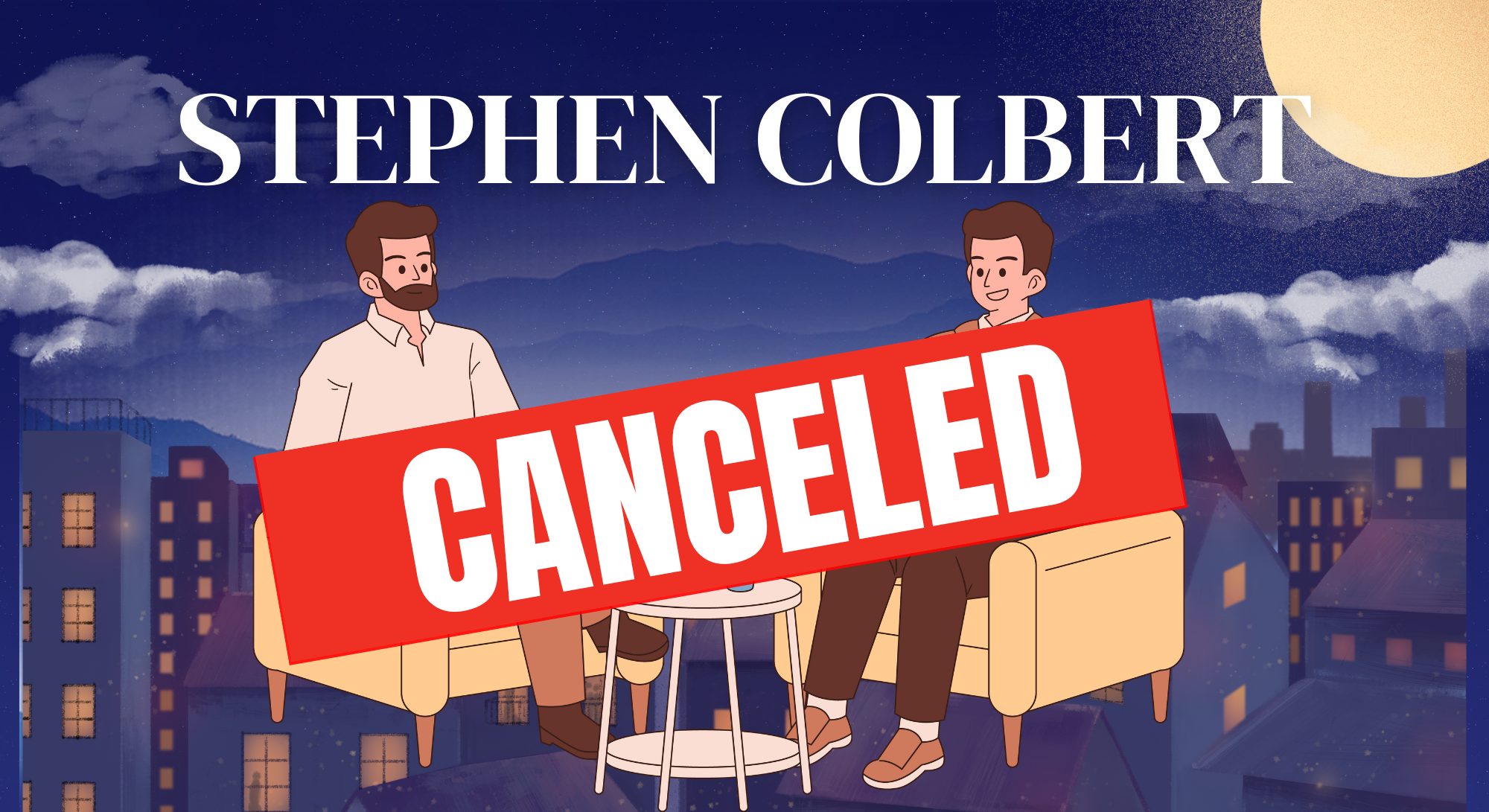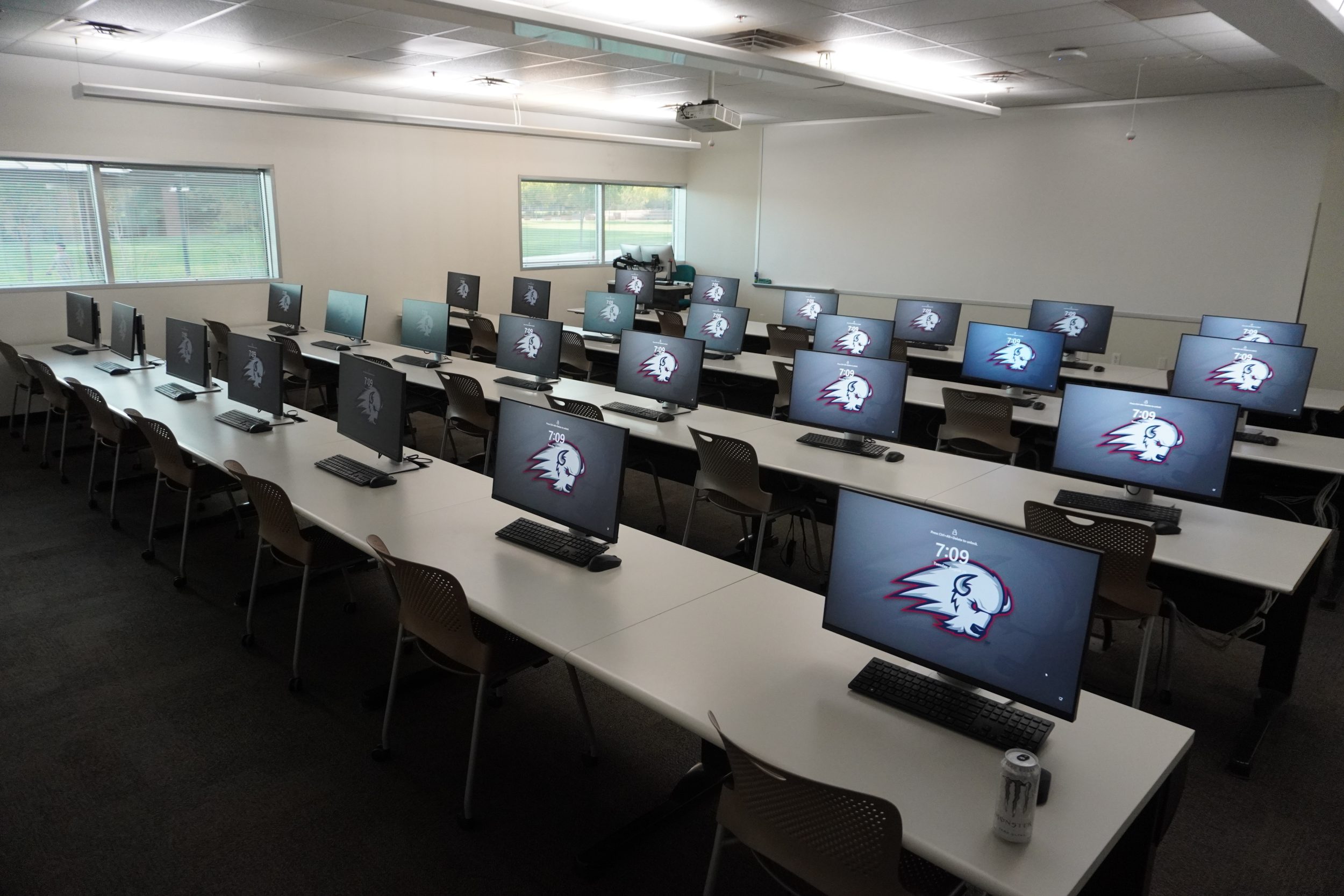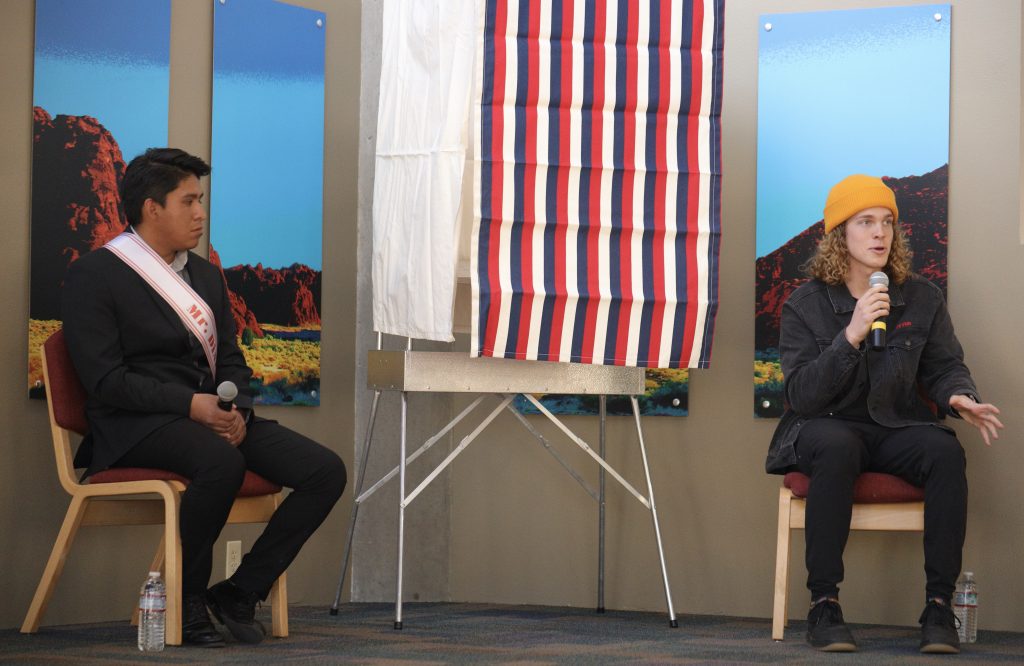Utah Tech University will officially be part of the Big Sky Conference summer 2026 — with the exception of baseball and men’s soccer — leaving the Western Athletic Conference after being members for four years.
The Big Sky includes 11 schools across the western United States, with schools like Northern Arizona University and Montana State University. The WAC has seen multiple membership changes throughout recent years and will be rebranded summer 2026.
Ken Beazer, executive director of intercollegiate athletics, said this move will give UT “a clear vision as we align ourselves with institutions that not only geographically fit within a footprint, but also with similar missions.”
Having institutions that the students are familiar with could increase the number of attendees at the games, with not only the students, but also within the community, Beazer said. With travel distances becoming more manageable, there could be a boost in attendance from opponents, along with the community recognizing familiar schools. This move better supports the student athletes.
“We always look at ways to improve the institution and the student athletes. This was one of the ways it was so obvious and made so much sense,” Beazer said.
Men’s basketball coach Jon Judkins said the move was a good decision because “playing everyone [teams] three times is not a good fit, so when they made that announcement it made sense.”
Judkins said having all the teams together in one conference is a good move.
Beazer said the major difference between the WAC and Big Sky conferences is stability. They still have five of the six original schools in their conference. The stability of the conference will help the teams grow even more.
“That’s what I am excited about,” Judkins said. “I think the Big Sky is pretty solid and is going to stay that way.”
Chance Trujillo, guard and a sophomore management major from Kaysville, said the conference will provide more opportunities.
“Playing against that competition is a good fit for Utah Tech. The teams there will not only give us the opportunity to win it, but to get better every single game,” he said.
Utah Tech has played most of the schools in the conference, so they are familiar with the teams. Judkins said we can expect the same rivalries with schools like Southern Utah University and Northern Arizona University.
“With football now joining us, we will start to get those rivalries,” he said.
Grand Canyon University has been running the WAC, and this move will provide Utah Tech the opportunity to win the Big Sky, Trujillo said.
Judkins said he is not preparing his teams for the conference move and is focused on winning the WAC and making history.
Utah Tech sports will officially be playing in the Big Sky summer 2026, becoming the 11th full member of the league.

